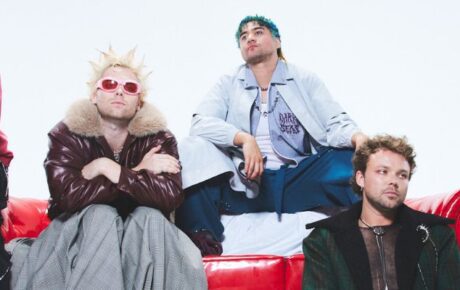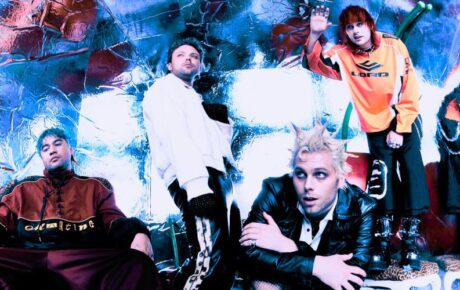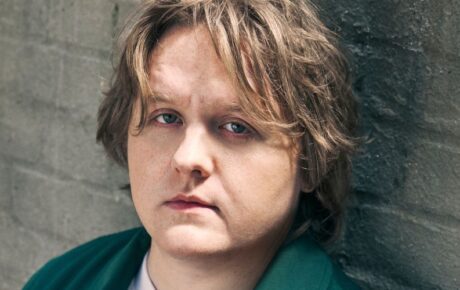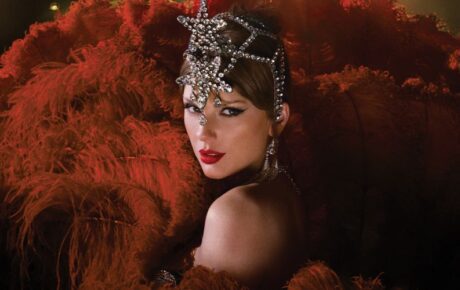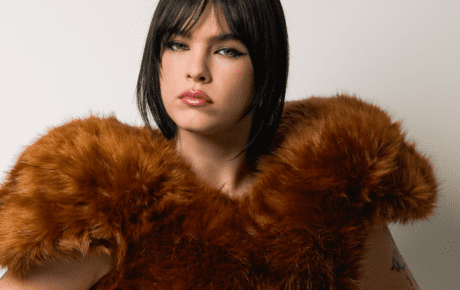Since her rapid rise in the 1980s, Madonna has continued to be one of the biggest enigmas the world has ever seen. From sporting new fashion trends to combining the world of art and music together, everybody’s favourite material girl has always looked for ways to reinvent herself and break the rules – no matter how controversial.
In celebration of her latest album Madame X, we take a look at the Queen of Pop’s fascinating discography and discover why there’ll never be another like her.
Madonna (1983)
The self-titled debut was Madonna’s proof of what she was worth. Sounding exactly like the most 80s thing you’ve ever heard; the album basically set the stage for the genre of dance-pop and led the way for many artists to come. A fresh and youthful Madonna enters the scene with bubbly and girlish tracks that talk about love and relationships, completely unaware of the fame that’s about to come her way. Popular tracks include ‘Holiday’ and ‘Lucky Star,’ both of which became top-ten international hits. Although the album peaked at only number 8 on the Billboard 200, it’s now gone on to sell more than 10 million copies worldwide.
Like A Virgin (1984)
Proving that she wasn’t just a one-hit wonder, Madonna really began her legacy with this album. Planting the seeds that would grow to be only the beginning of her controversial career, the album shows Madonna’s sexual and female power that would soon become emulated by 80s women everywhere. The provocative title track became the star’s first US number one and the album, although receiving mixed reviews, went straight to number one on the Billboard 200. It also became the first female album in history to sell 5 million copies in the US and remains to be one of the best-selling albums of all time.
True Blue (1986)
True Blue is the embodiment of growing up. Having just married actor Sean Penn (the entire album is dedicated to him) and being oh-so swept up in love, Madonna’s maturity and strengthened vocal talent really make this album what it is. Wanting to cater to the older audience who had become skeptical of her, Madonna included elements of classical music to try and coin up ballads of love, dreams and freedom. The album, with hits that include ‘Papa Don’t Preach’ and ‘Open Your Heart,’ reached number one in 28 countries and became the best-selling album by a female artist in the 1980s, selling over 25 million copies worldwide.
Like a Prayer (1989)
Closing out the 80s with a bang (and a divorce from Penn), Madonna really made her fourth album a masterpiece. Drawing inspiration from her Catholic upbringing, Like a Prayer gathers elements of gospel, funk, and soul to create a confessional art-pop record. The title track’s anti-religious music video was met with huge controversy with its release, but it didn’t stop the hit, and the album, from becoming a huge success. The song became Madonna’s seventh number one in the US and the album remained at number one for six weeks, making it her longest album to do so. Madonna was also named the Artist of the Decade by several publications.
Erotica (1992)
Probably the most explicit album Madonna ever made, Erotica was released in tandem with a coffee table book of pornographic photographs of herself and friends, fittingly called ‘Sex’. The concept album speaks about sex and romance and introduces the star’s alter ego Mistress Dita. Madonna also gives a minute to comment about AIDS, which she lost two of her friends to. Commercially this album didn’t achieve as much success as her previous efforts, but it still landed at number 2 on the Billboard 200. It also solidified Madonna’s legacy as being one to always spark debate and remains to be one of her most iconic pieces of work.
Bedtime Stories (1994)
Taking a step back from her sexual endeavours, Madonna moved more into the mainstream with her sixth album and tried to soften her image. The pop and R&B body of work acted as an autobiographical album with tracks such as the unapologetic ‘Human Nature’ and the honest ‘Take a Bow.’ She also teamed up with popular Icelandic singer Björk for the title track to try and cut into the growing dub scene. Bedtime Stories was nominated for Best Pop Album at the Grammys and ‘Take a Bow’ spent seven weeks at number one in the US.
Ray of Light (1998)
Reinventing herself once again, new mum Madonna combines elements of electronica, dance and Middle Eastern music to steer herself into a new spiritual direction. Having recently embraced Hinduism and Buddhism culture, as well as practicing yoga daily, Madonna’s mystical energy on the album is very clear and the concept of it feels like a new awakening. The album is known to be Madonna’s most adventurous and introspective record, and it won four Grammys as well as topping the charts in multiple countries. It became the album with the most first-week sales by a female artist at the time and went on to sell over 15 million copies worldwide.
Music (2000)
Madonna rolled on with the success following Ray of Light and created what is known to be one of her best albums. Keeping with her electronica and dance-pop grooves, Madonna introduced rock, folk and country elements to prove that she hadn’t finished experimenting with her sound. The cover also reinvents the star’s image into a cowgirl. Music received five Grammy nominations and debuted at number one in over 23 countries. It became her first album to top the Billboard 200 since Like a Prayer over a decade ago and went on to become one of the best-selling albums of the 2000s.
American Life (2003)
Madonna’s ninth album wasn’t met with as much commercial success as her previous bodies of work, despite being a fantastic concept album depicting the American Dream and materialism. Although still debuting at number one in 14 countries and earning two Grammy nominations, critics found the record to be confusing and felt that the acoustic and folk elements were used poorly. Hit tracks ‘Love Profusion’ and ‘American Life’ were received negatively and ‘Hollywood’ became Madonna’s first single to not make the charts since 1983.
Confessions on a Dance Floor (2005)
Picking herself back up and going back to what she does best, Madonna rediscovered her 1980s dance groove and produced a modern-day club mix. With electronica and her popular 80s disco influences, the album mimics your heartbeat and acts as one continuous DJ set with each song blending into one another seamlessly. The album earned Madonna a Grammy for Best Electronic/Dance Album and went straight to number one in 40 countries, setting a record for topping the charts in the most countries. The ABBA-sampled lead single ‘Hung Up’ became the most successful dance song of the decade and topped the charts in 41 countries. This album remains as a testament to Madonna’s incredible ability to continuously reinvent herself and still maintain a successful musical career.
Hard Candy (2008)
Stepping into the world of R&B, Madonna teamed up with Justin Timberlake, Timbaland, Pharrell Williams and more to produce an album that yet again reinvented who she was. The name of the album came from her wanting to express her juxtaposition between toughness and sweetness and she used elements of hip hop and her familiar dance-pop to reflect this. The album went to number one in 37 countries and the lead single ‘4 Minutes’ with Justin Timberlake topped the charts in over 21 countries.
MDNA (2012)
Madonna’s twelfth album is a testament to her love of partying and music with a title that acts as a triple entendre – meaning both her name as well as alluding to the party drug MDMA. Despite collaborating with big names such as Nicki Minaj and M.I.A, the themes surrounding the EDM album had receivers feeling as though Madonna had outdone her time. But despite all the negative criticism, the album still went to number one on the Billboard 200 and earned Madonna the most first-week album sales since Music 12 years ago.
Rebel Heart (2015)
Merging an array of genres, Rebel Heart combines house, trap, reggae and gospel to represent Madonna’s romantic and rebellious sides. Teaming up with fellow collaborators Nicki Minaj, Diplo, Chance the Rapper. Avicii and more, the album was seen as more progressive and developed for the modern era than her two previous efforts. Although it went to number one in multiple countries, it became Madonna’s first album to not top the US charts since Ray of Light in 1998.
Madame X (2019)
Madonna’s latest album, the name referencing a nickname her old ballet teacher gave her, is the highly anticipated ‘comeback’ everyone has been waiting for. Instead of playing it safe after 4 years away, Madonna shows her risky persona once again and reminds us that she never really left. Dipping her feet into elements of Latin pop and trap, Madonna teams up with Maluma, Quavo and Swae Lee to create a diverse modern pop record that has both fans and critics in a divide. Because if there wasn’t a controversy, would it even be a Madonna record?
Liked this article? Sign up to our UMUSIC newsletter to hear more from us!
https://open.spotify.com/playlist/37i9dQZF1DWTQllLRMgY9S?si=bf443863751f4efc



